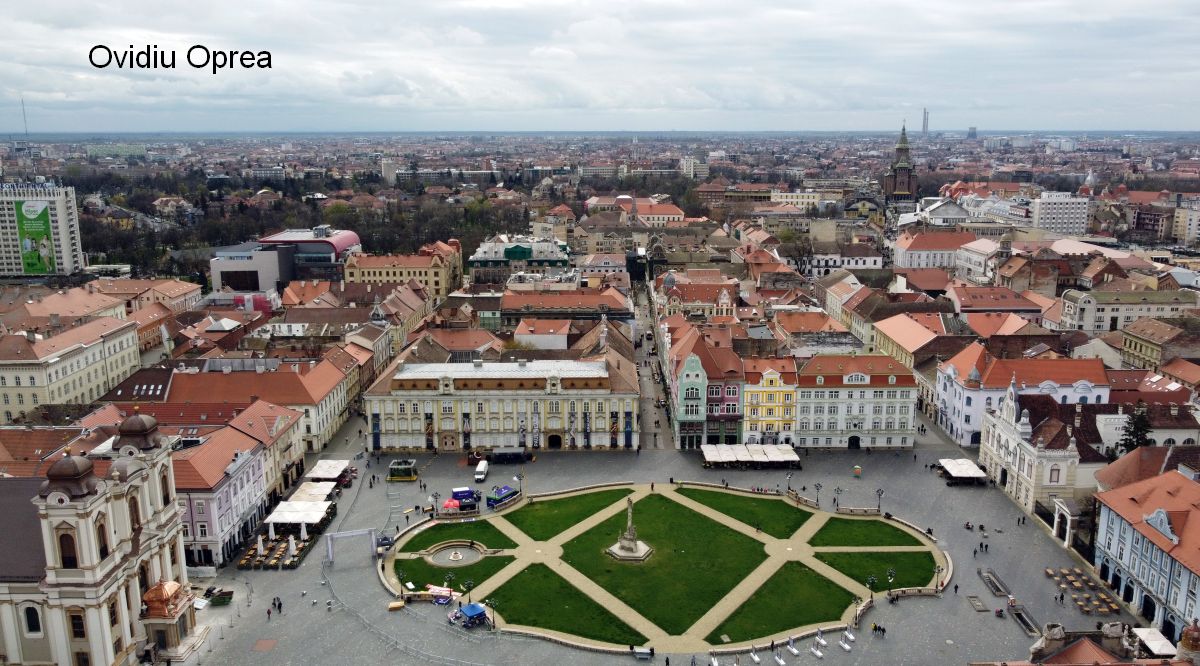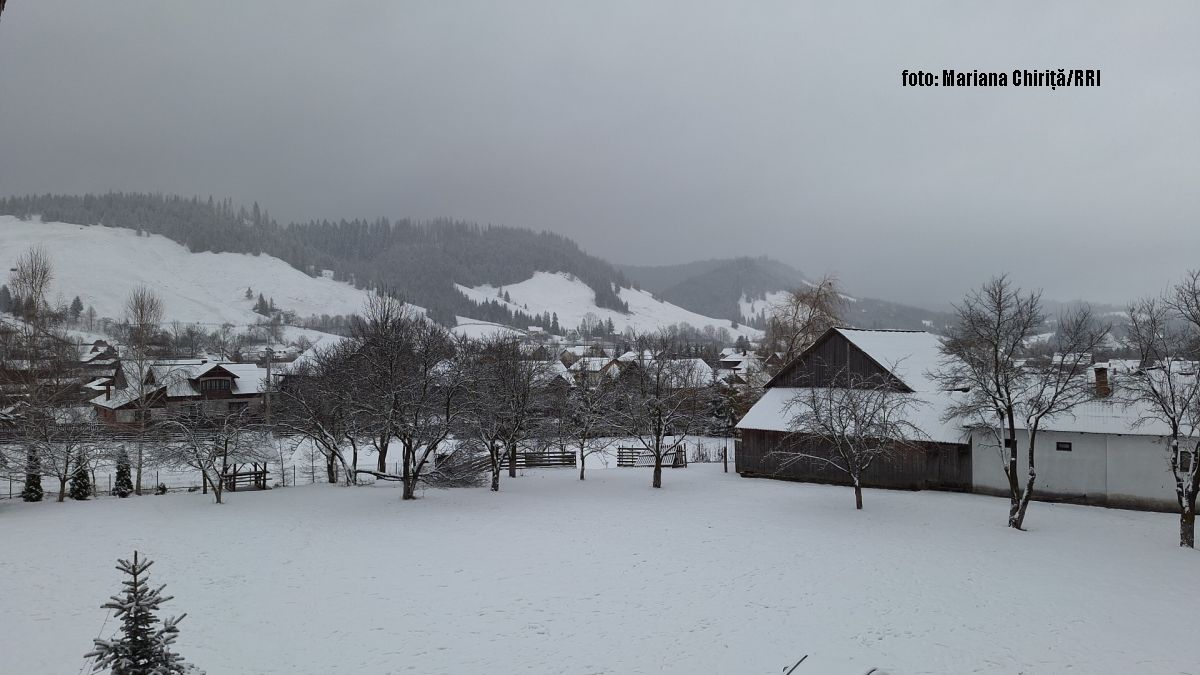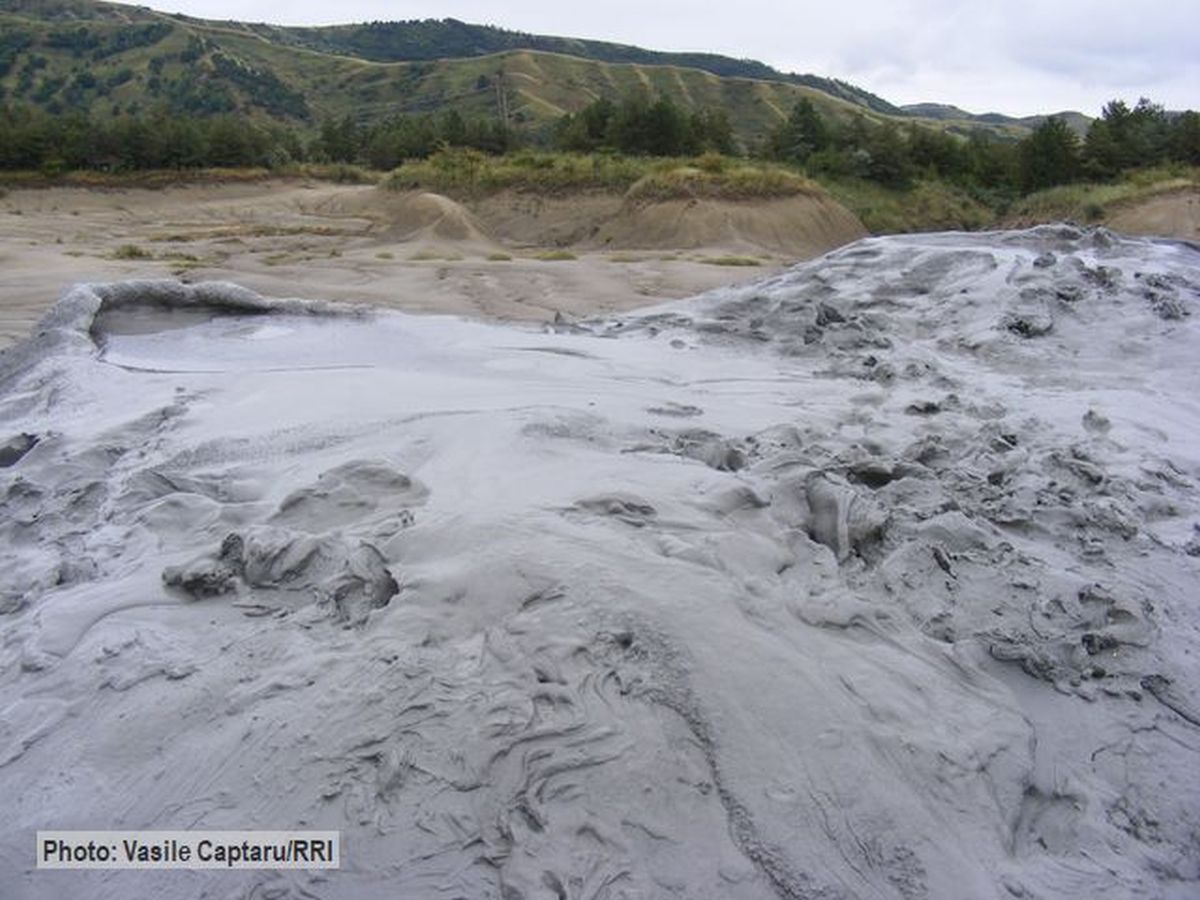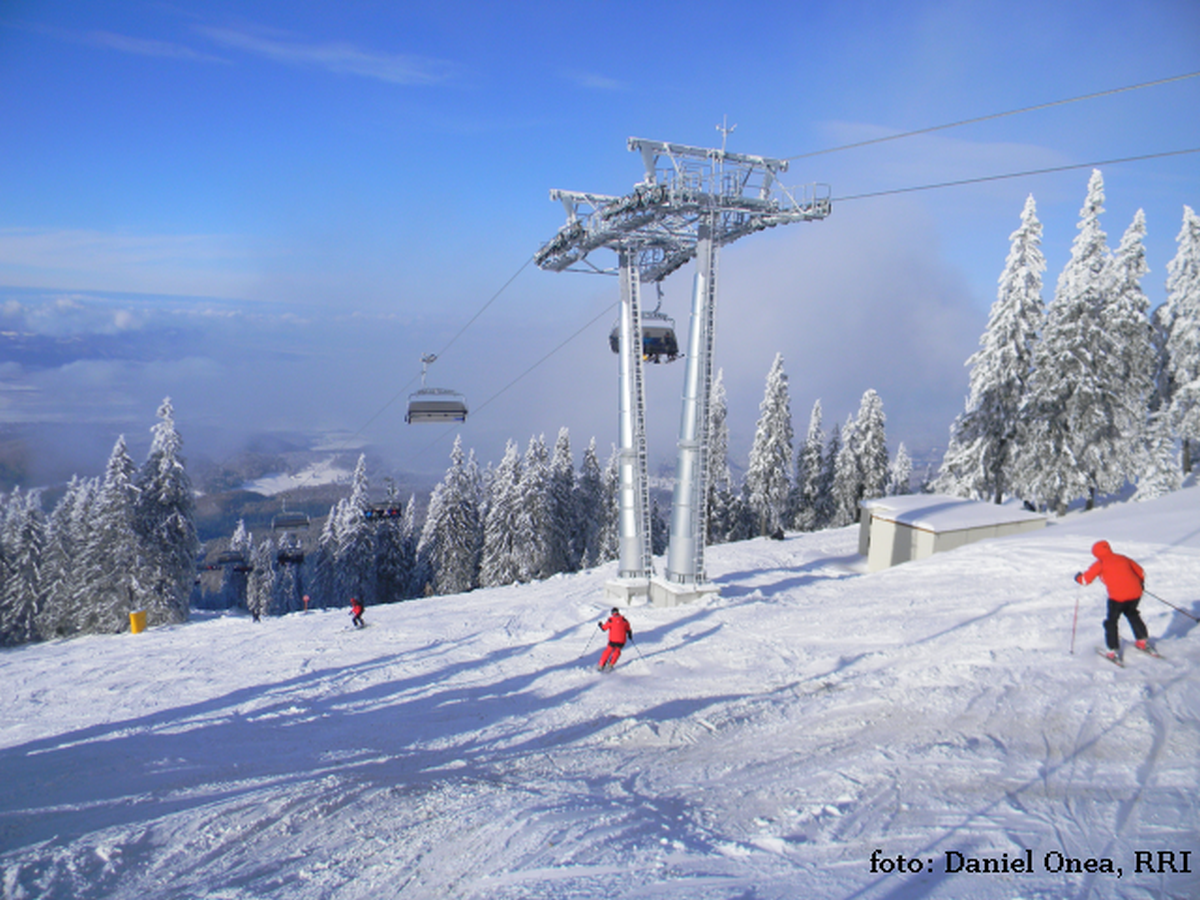Nature and Tradition: Țara Făgărașului
The Fagaras Mountains are unique in Europe
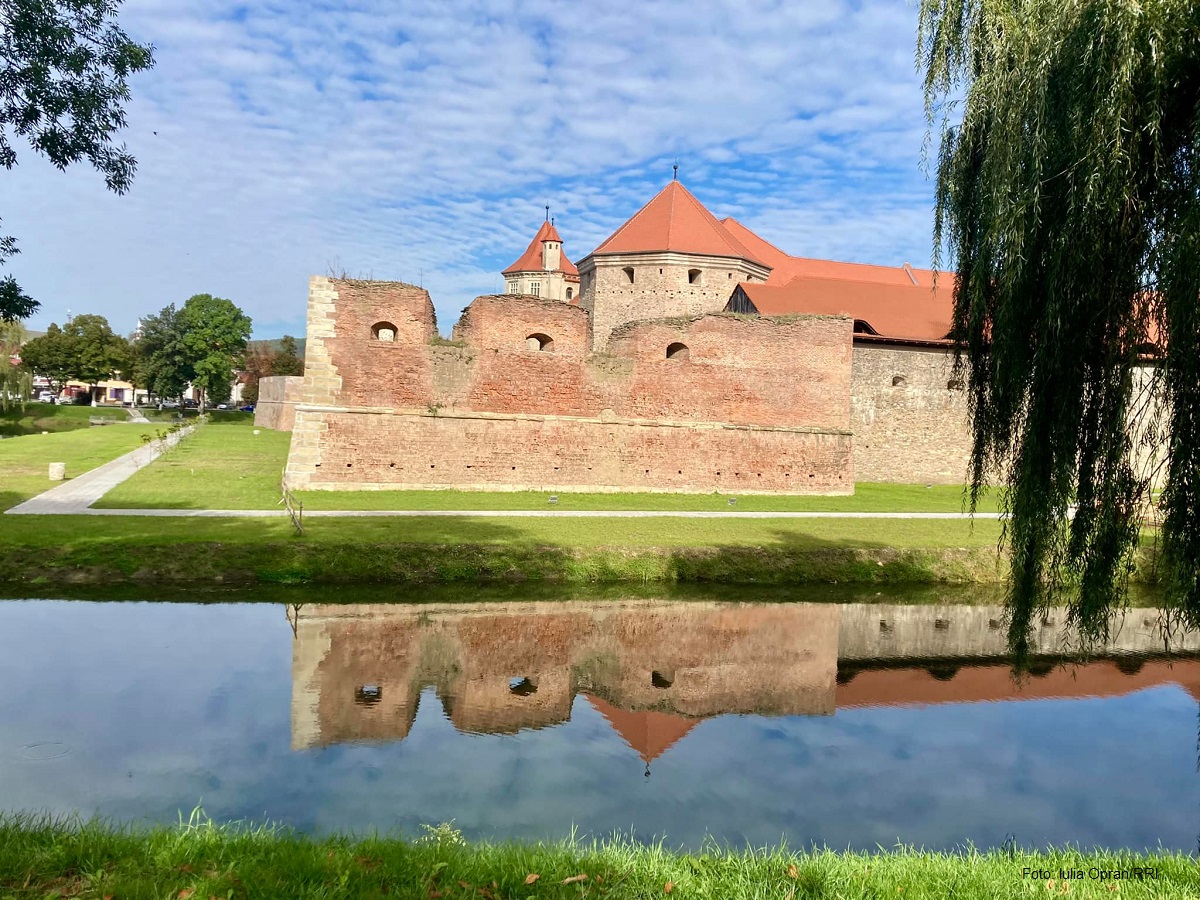
Daniel Onea, 06.02.2025, 13:30
The Fagaras Mountains are unique in Europe, with their uninterrupted span of forests and healthy and diverse wildlife. It is an area with an interesting history, with a variety of landforms and with a multitude of local cultures, as we learn from Victoria Donos, head of communication and communities with the “Conservation Carpathia” Foundation.
Victoria Donos: “Geographically, it is spread out on a strip of land. From east to west, it is 82 km long, with the width varying between 12 and 19 km. It includes parts of the Brasov and Sibiu counties. In terms of landforms, apart from the Fagaras Mountains there is a vast amphitheatre, opening to the north towards the Olt flood plain and the Hârtibaci plateau. The Fagaras Fortress is located here, there are old communities once inhabited by Saxons or with still strong Saxon communities, and lots of traditions. It is a special area, well worth exploring and getting known.”
The first stop on our virtual journey is in the village of Mândra, home to the very special Museum of Canvases and Stories.
Victoria Donos “This is where you will learn about the history of this village, the history of the emigration of this community to the United States during the interwar period, and how people have returned and built houses with the money they earned there. If you are interested in meeting craftsmen, I would advise you to stop by Mr. Sorin Petrișor, in the village of Ucea. He is a great enthusiast of old customs. His house is a living museum, where activities that once happened in the homes of Romanian peasants still take place, from weaving to baking bread. He also runs a locally sourced eatery, so if you make an appointment you can also eat a traditional meal. You can continue your journey to Avrig, where the local library hosts weekly gatherings. Nothing is staged, the women in the community meet here and work, do handicrafts, and tell stories. Things are very natural and it is very nice that women take their traditional dresses and come dressed in folk costumes to these gatherings. Also here, in Avrig, you can meet Adrian David, a traditional peasant shoe maker. He is a young man, under 30, and he fell in love with this profession. He repurposed a room in his house into a museum and also teaches this craft to the students of the local Arts and Crafts School.”
Țara Făgărașului is just a part of a much larger area around the Fagaras Mountains. The entire area is so interesting that every year it is celebrated in a festival. Fagaras Fest is a festival of the mountains and the people of the Fagaras Mountains, says Victoria Donos, head of communication and communities with the “Conservation Carpathia” Foundation.
Victoria Donos: “The festival was organised for five editions in another community around the Fagaras Mountains, from the north to the south of the Fagaras Mountains. This year, we want to stop in a community that will permanently host the festival, because we believe that this festival can have an even greater economic impact on people’s lives, and at the same time become a tradition for a place in Fagaras Country or another community around the Fagaras Mountains. We are running a competition, to which 35 communities from around the Făgăraș Mountains, in the counties of Argeș, Brașov, Sibiu and Vâlcea have been invited to take part. This week we will assess all the projects we have received. In a first stage, we will shortlist 3 communities to visit, because it is very important for us to see the place, to assess the openness of the community, the tourist sites and how local people can get involved in organising this festival.”
The latest 2 editions were also attended by foreign tourists, who appreciated above all the wealth of experiences that this festival offers:
Victoria Donos: “They were surprised to see how many guided tours there were. For example, we had guided tours focusing on birds, insects, bats, the forest, wildlife. Together with Salvamont, the mountain rescue service, we went on some trails in the forest and discovered some more special places. Then, some tourists camped out in a tent, others stayed in guest houses in the area. All accommodations units were booked within a radius of 50 km. I remember the surprise and pleasure with which those foreign tourists talked about the guest houses that preserved the authentic spirit of the place. They spoke very nicely about the houses in Porumbacu, about the meals they were offered, about the items they saw there and about the hosts. Interactions with the hosts are very important.”
Another programme of the Conservation Carpathia Foundation is to create tourist packages that include various experiences in Țara Făgărașului and around the Făgăraș Mountains, in general. Victoria Donos, head of communication and communities:
Victoria Donos “For example, we have Mrs. Viorica Olivotto, from Ușoara, who sews traditional blouses and who is a living human treasure. It is very good for more people to know her, to take part in the workshops that she organises for tourists and, why not, tourists may leave small contributions so that she can carry on. Then, in the town of Lisa, there are small whirlpools that are a UNESCO treasure, and where a family continues a tradition of several hundred years. It is good for tourists to know about them, to include them in their visits to Romania.”
Țara Făgărașului remains a fairy-tale destination, where authentic traditions and spectacular landscapes intertwine. It is the perfect place for those seeking the tranquillity of nature and rural charm. (AMP)

